|
Disclosure: Please don't eat fruits, berries, seeds or any plant parts unless you are certain of the identification of the plant. Some native plants can be toxic! I am really into edible native plants. What could be more appealing than a beautiful, natural plant that feeds our native wild animals, and us too?! This is not the first time I've written about this subject. See my piece about eating beechnuts. Tonight I'm writing about my top 3 favourite native edibles, black chokeberry (Aronia melanocarpa), Common elderberry (Sambucus canadensis) and river grape (Vitis riparia), all of which we have in our biodiversity garden. Black chokeberry is a hideous common name, so I call it the more appropriate "Nina's favourite jam plant". The fruits make the most delicious jam, and they're loaded with antioxidants. Read more on the Wikipedia page on Aronia. All fruits are edible raw, but they are not what I'd call tasty until they've been cooked with sugar. We usually mix the three fruits together in random combinations -- warning, I often wing-it when I cook! We buy pectin at the grocery store and follow one of the recipes that comes in the box. We always make some jelly too, by mashing then straining the fruits to get pure juice (elderberry and river grape have large seeds). We often add lemon, and sometimes ginger. Sometimes we mix in store-bought fruits. Whatever works! We love to experiment and try new food combinations. Regardless, it is our favourite jam/jelly, and we eat it all winter long. Comments are closed.
|
AuthorDr. Nina M. Zitani writes about biodiversity and conservation issues Archives
May 2023
Categories |
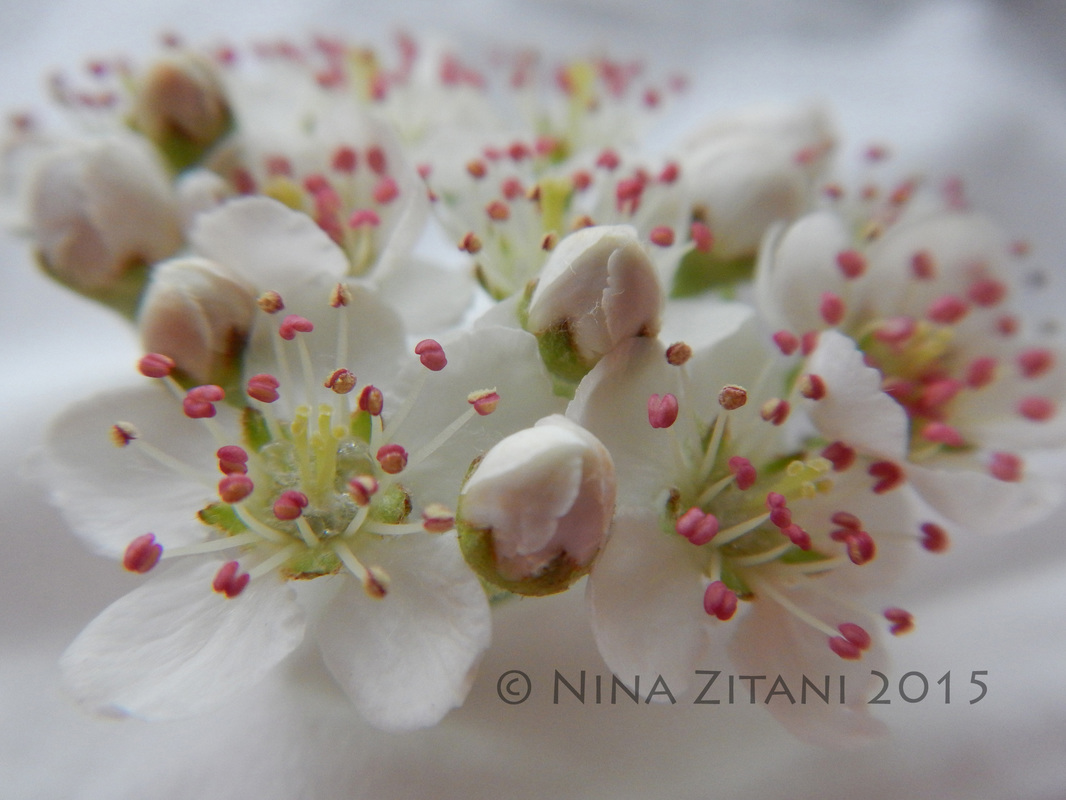
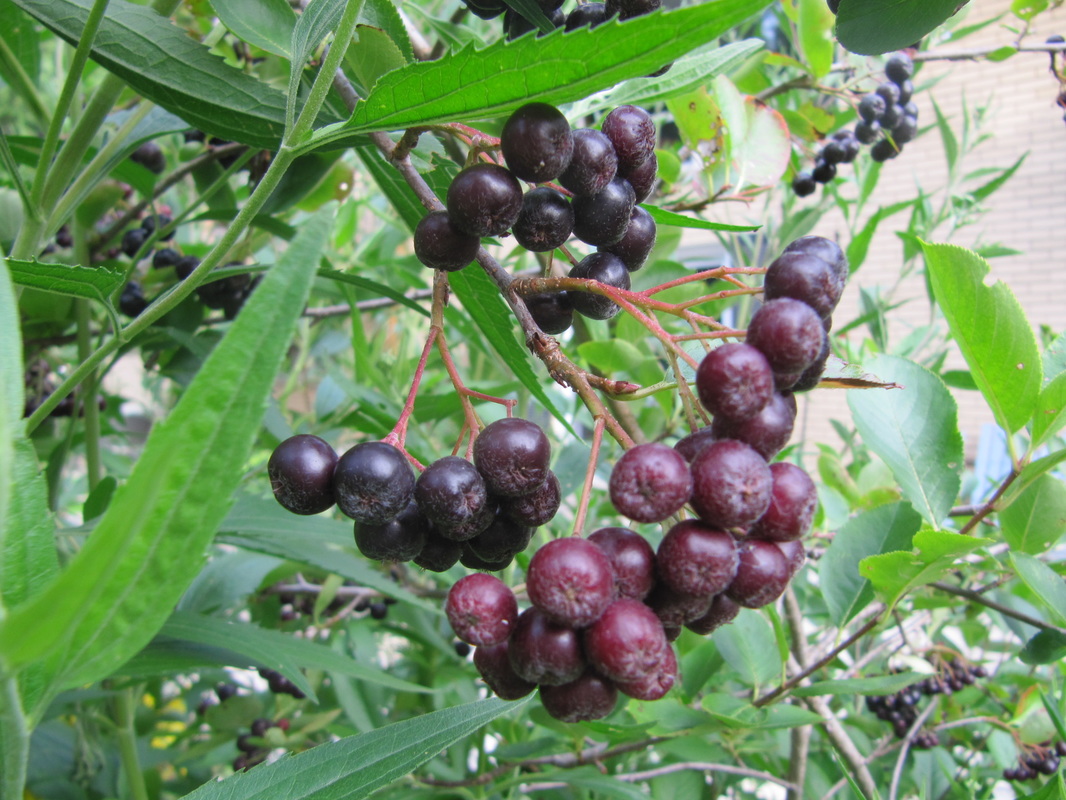
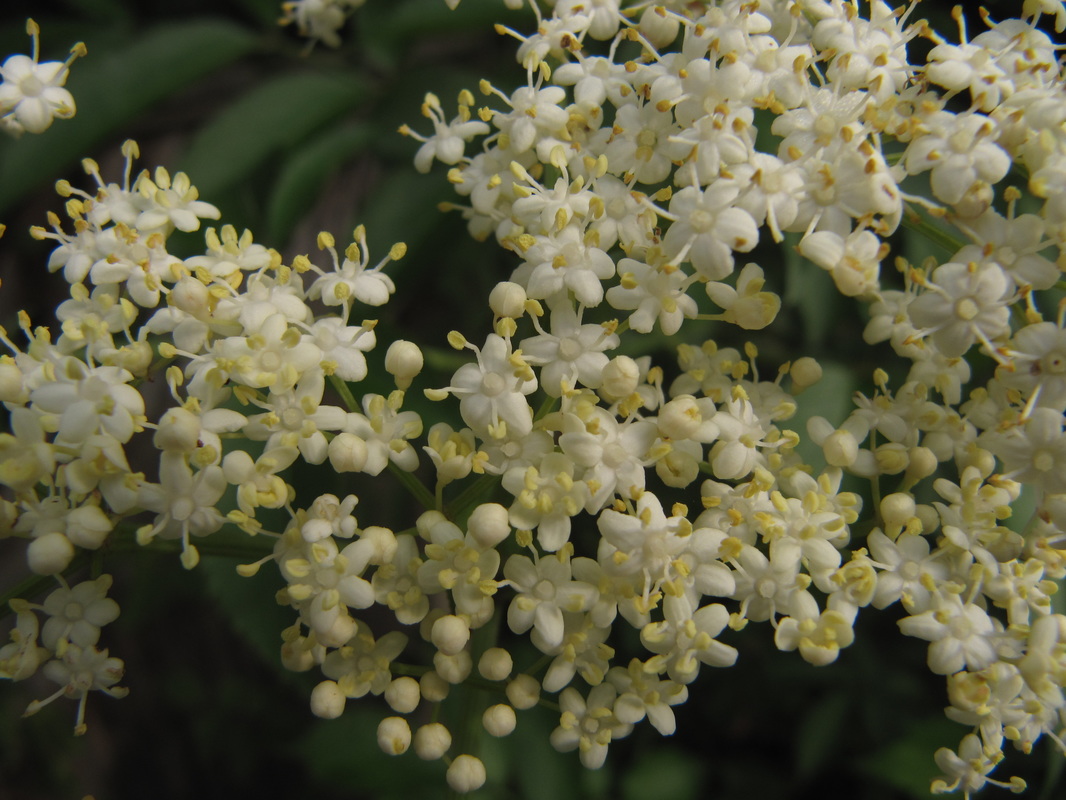
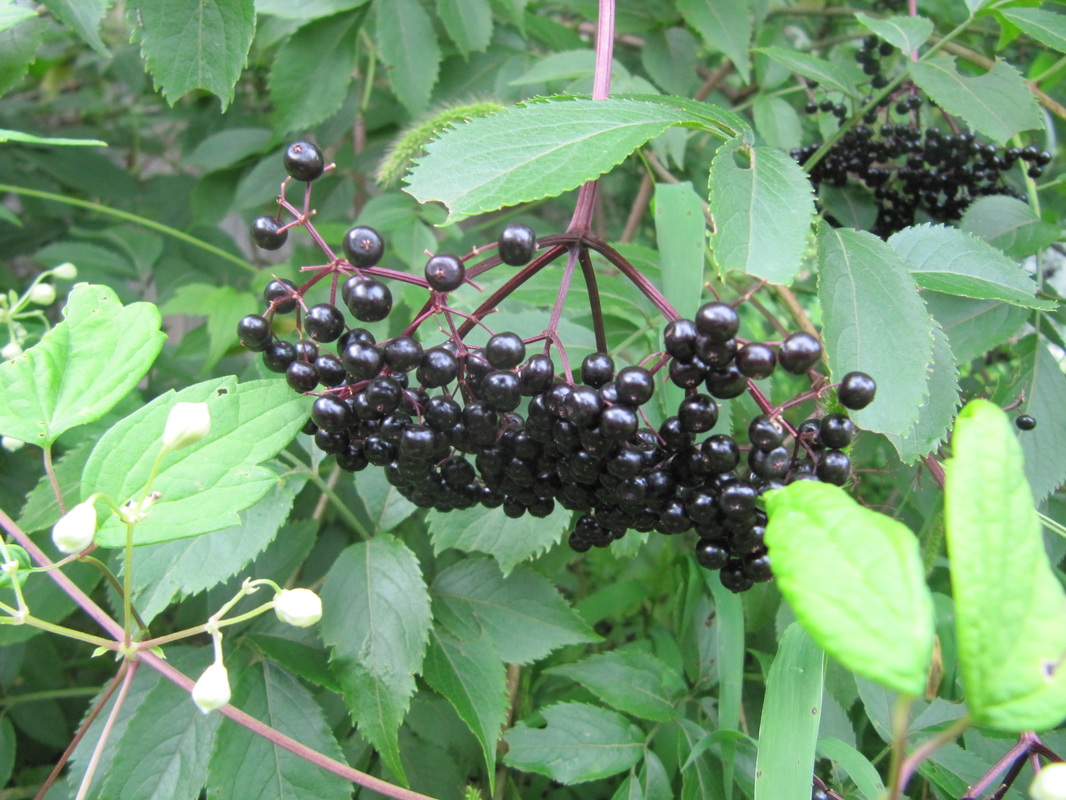
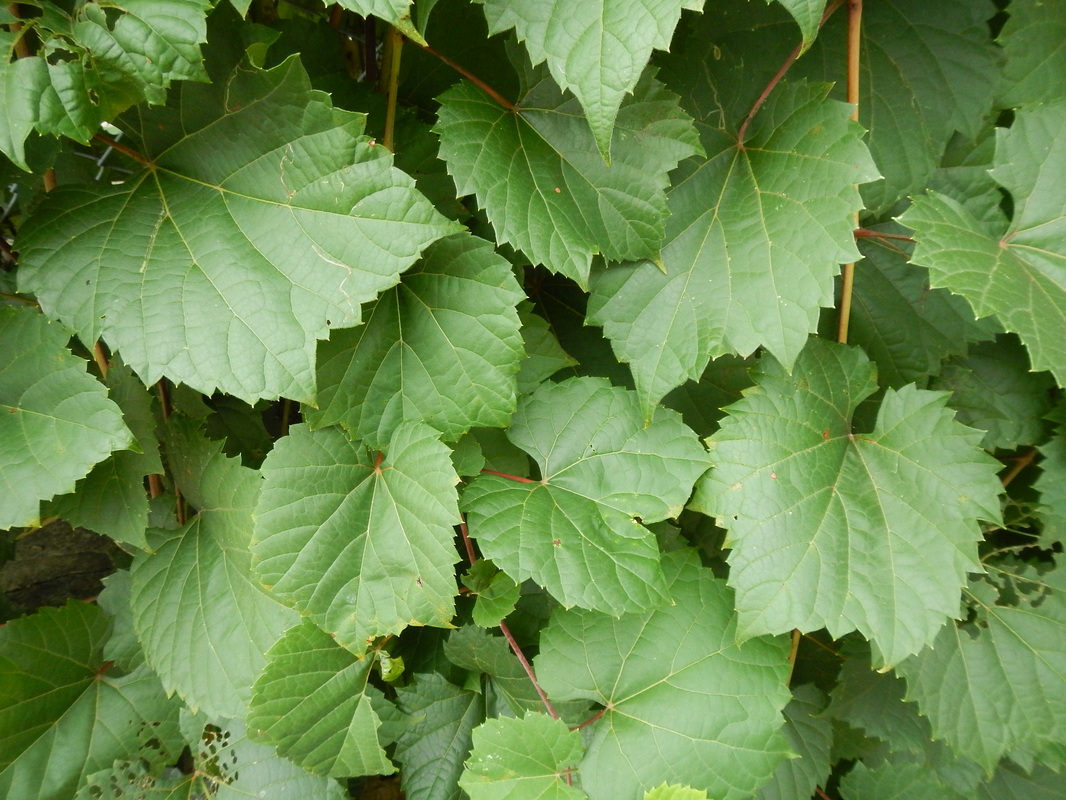
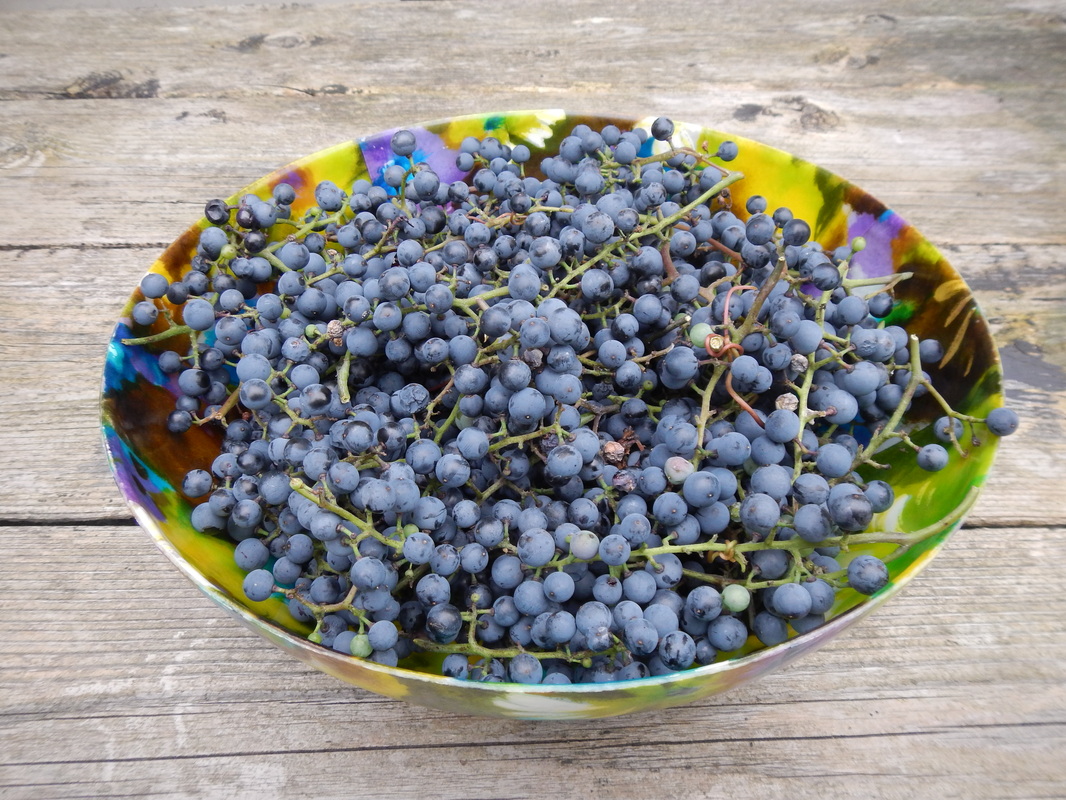
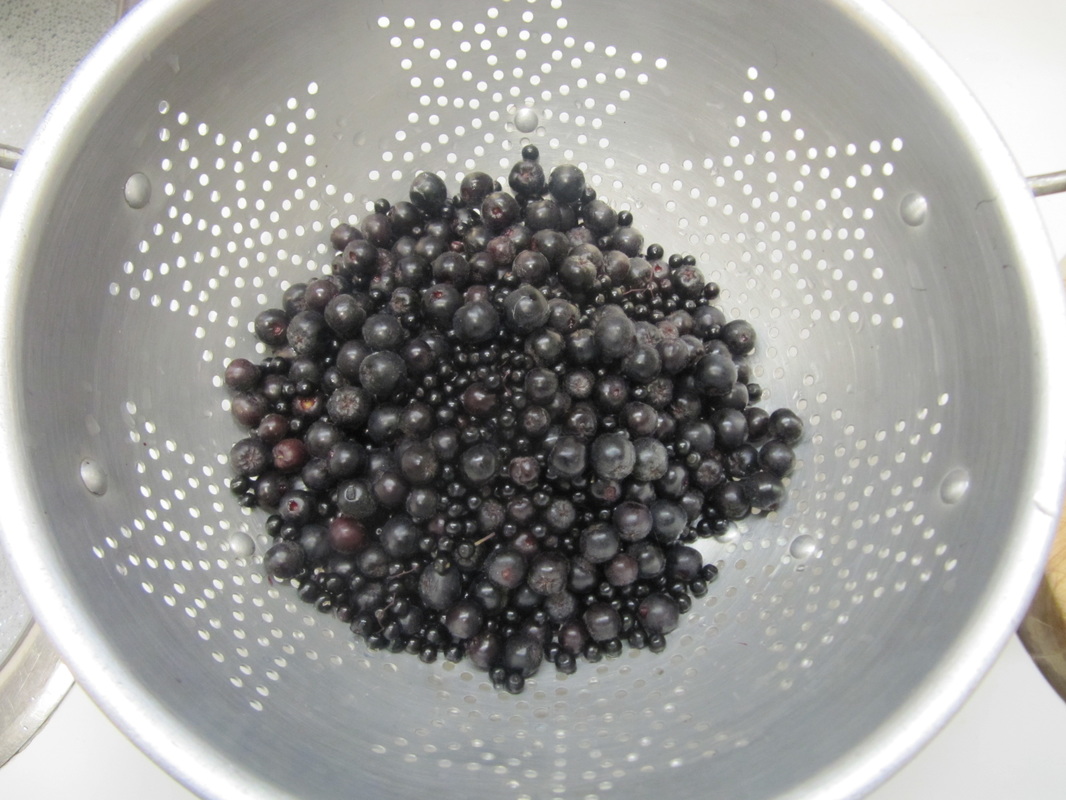
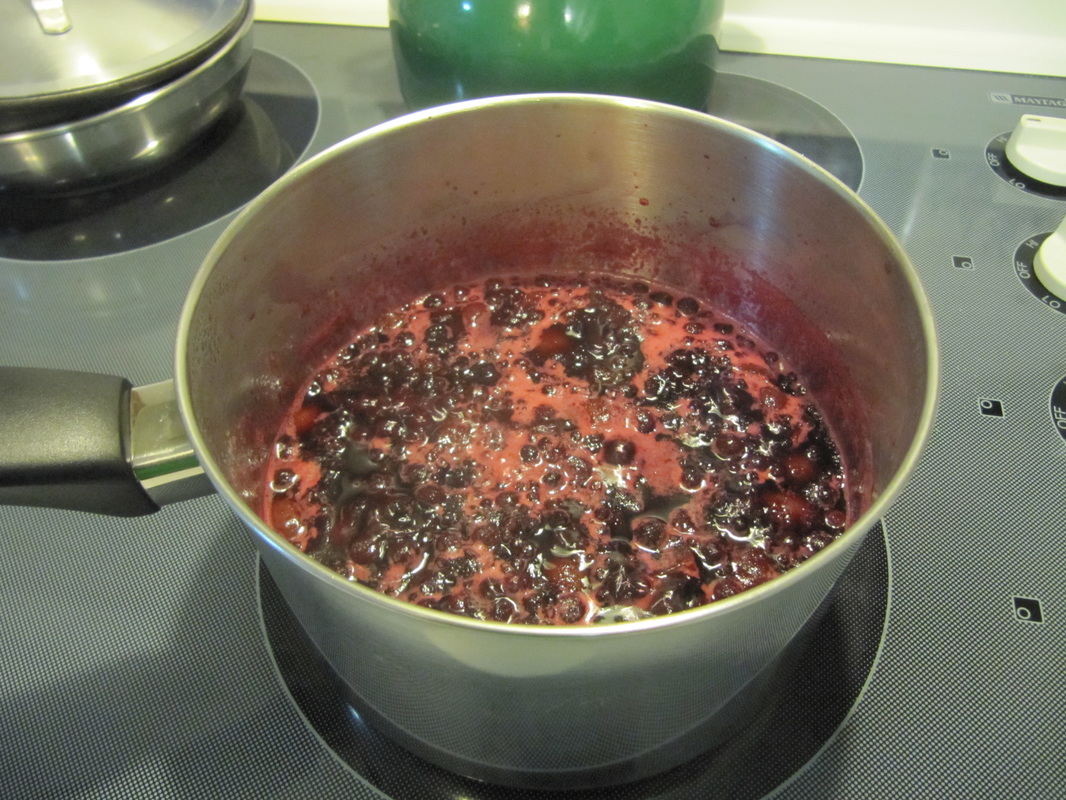
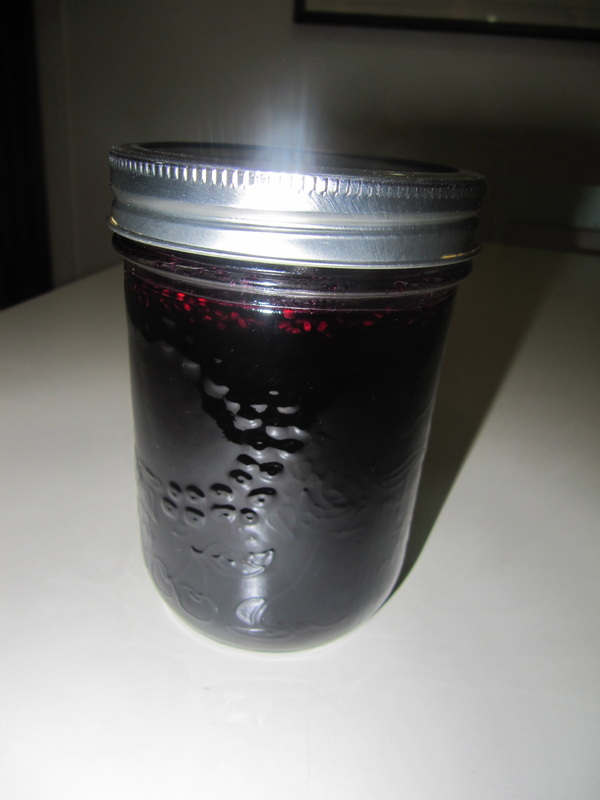
 RSS Feed
RSS Feed
